In the workshop of the traditional manufacturing industry, the slitting process is often like this: next to the roaring machine, the master adjusts the parameters of the knife with years of experience; A roll of master roll is divided into sub-rolls of different widths on the assembly line, and in the process, the operator needs to frequently measure and calibrate manually, for fear of the slightest difference; Production data is recorded on paper forms, and quality traceability is like finding a needle in a haystack; And every time the order is changed, the long downtime and commissioning eat up valuable production time.
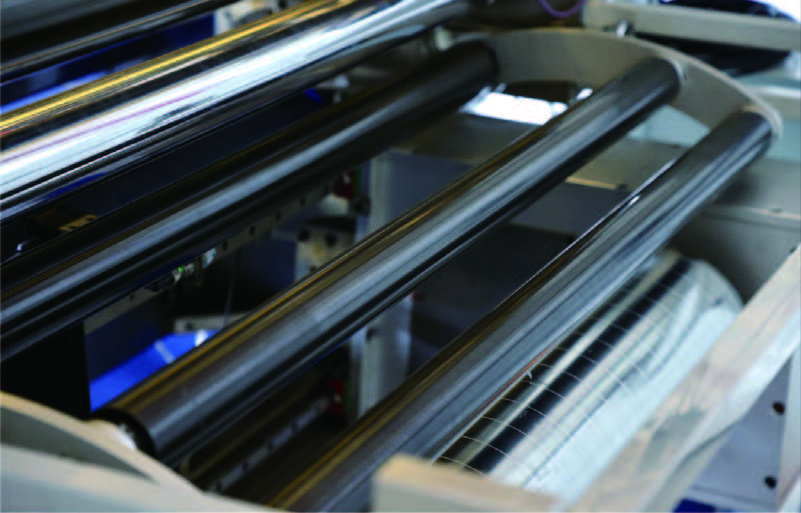
This has been a true portrayal of the daily life of countless coil processors – whether paper, film, nonwovens or foils. They rely on "master's craftsmanship" and "mechanical repetition", but what they lack is "intelligent insight" and "data drive". However, with the introduction of intelligent slitting machines, this traditional scene is being completely subverted. It is no longer just a cold metal device, but implants a powerful "data brain" into traditional production lines, leading the manufacturing industry towards a future of precision, efficiency, and transparency.
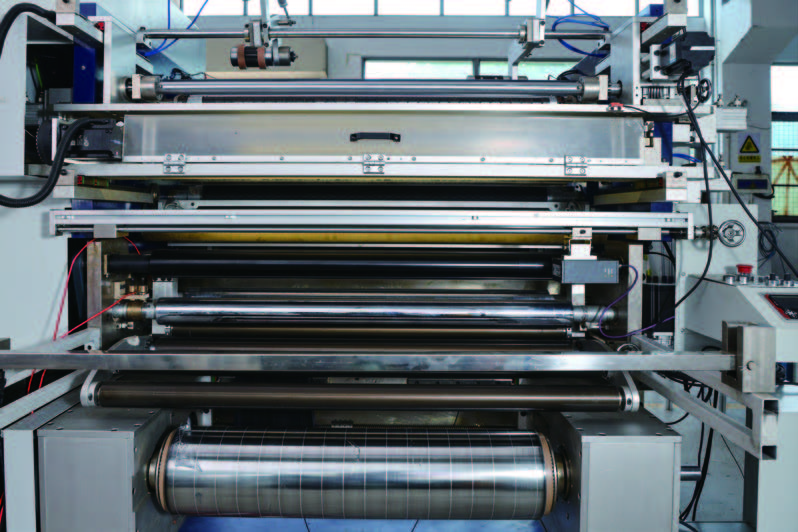
The evolution from "robotic arm" to "data brain"
A traditional slitting machine is essentially an efficient "robotic arm" that executes preset cutting instructions. The revolutionary feature of the intelligent slitting machine is that it builds an intelligent system integrating perception, analysis, decision-making and execution on top of a powerful mechanical structure.
The core of this "data brain" consists of the following parts:
1. "Sensory nerves" - high-precision sensor network: Sensors all over the fuselage, like sensitive nerve endings, collect massive data in real time: material tension, walking correction, tool position, slitting speed, and even bearing vibration and temperature. Every micron of change is accurately captured.
2. "Central core" - industrial computer and AI algorithm: The collected data is gathered here and analyzed and processed in real time through the built-in algorithm model. For example, machine vision is used to automatically identify the edge of the coil to achieve fully automatic high-precision correction; Predict tool wear trends through AI models and issue replacement warnings in advance.
3. "Command hands and feet" - precise execution mechanism: The decisions made by the "brain" are instantaneously executed through servo motors, hydraulic systems and other "hands and feet". Whether it is the millimeter-level fine-tuning of the tension or the micron-level movement of the tool holder, it can be done without mistake.
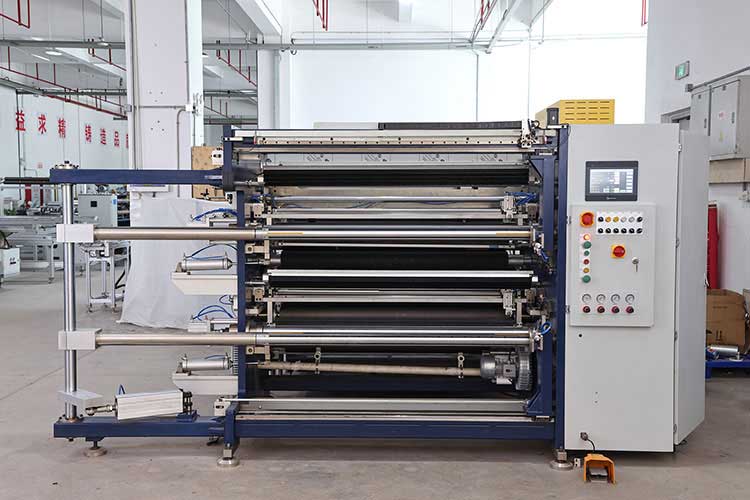
The four major value leaps brought by the "data brain"
When the slitting machine has a "brain", the value increase it brings is all-round:
• Quality leap to achieve "zero defect" pursuit: Common problems such as burrs, deviations, and streaks in traditional slitting have been greatly eliminated with real-time data monitoring and automatic compensation. The slitting quality of each meter output is stable in the best state, and the product qualification rate is infinitely close to 100%, which directly enhances the brand reputation and market competitiveness of the enterprise.
• Double the efficiency, say goodbye to the pain of "downtime and order": the intelligent slitting machine has the function of "one-click order change". The operator simply enters new order parameters (e.g. width, length, etc.) on the control screen, and the system automatically calculates and adjusts all mechanical units. Commissioning that used to take tens of minutes to complete the commissioning is now reduced to a few minutes, and the overall equipment effectiveness (OEE) has been significantly improved.
• Cost actuarial, from "black box" to "transparency": "Data Brain" makes every cost detail in the production process visible. It accurately counts the loss rate of each roll of material, monitors energy consumption in real time, records the service life of the tool and gives the best replacement time. Based on these data, enterprise managers can carry out more scientific cost accounting and control to reduce costs and increase efficiency.
• Decision-making, foreseeing the future "smart lighthouse": All production data is automatically recorded and stored in the cloud, forming a traceable "electronic history". Through big data analysis, enterprises can discover deep laws that affect quality and efficiency, such as the impact of ambient temperature and humidity on material tension. This can be used not only for problem traceability, but also for process optimization and predictive maintenance, shifting from "remediation after the fact" to "proactive prevention", truly realizing digital decision-making.
Conclusion: Empowering the new life of "intelligent manufacturing" in traditional manufacturing
The intelligent slitting machine is far from an isolated equipment upgrade. It is a microcosm and key fulcrum of the digital transformation of traditional production lines. By implanting the "data brain", it transforms the master's "experience" into a replicable and optimized "algorithm", transforms the vague "feeling" into accurate "data", and evolves the isolated "device" into an interconnected "node".
This is not only a technological innovation, but also a profound change in production concepts. With its precision, efficiency and wisdom, it is injecting new vitality into traditional manufacturing enterprises in fierce competition, driving them to move steadily and far and win the future in the grand journey from "Made in China" to "Made in China".



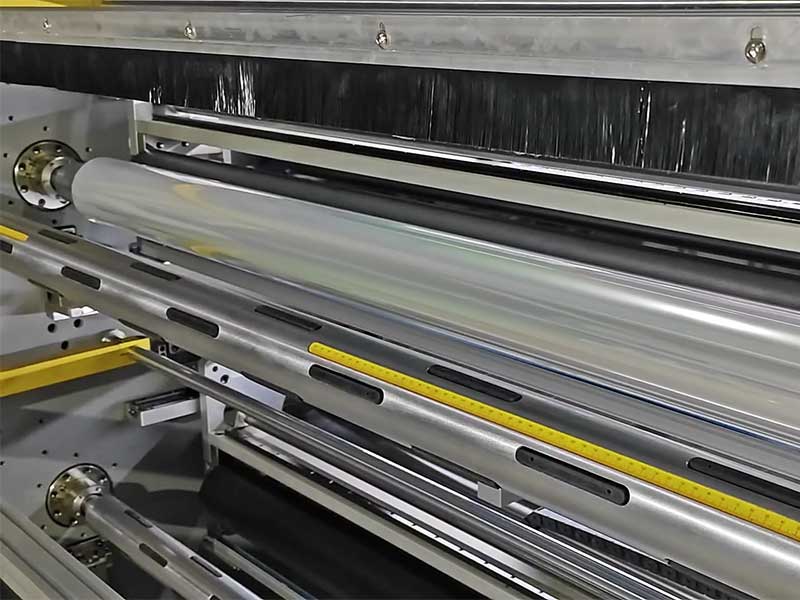
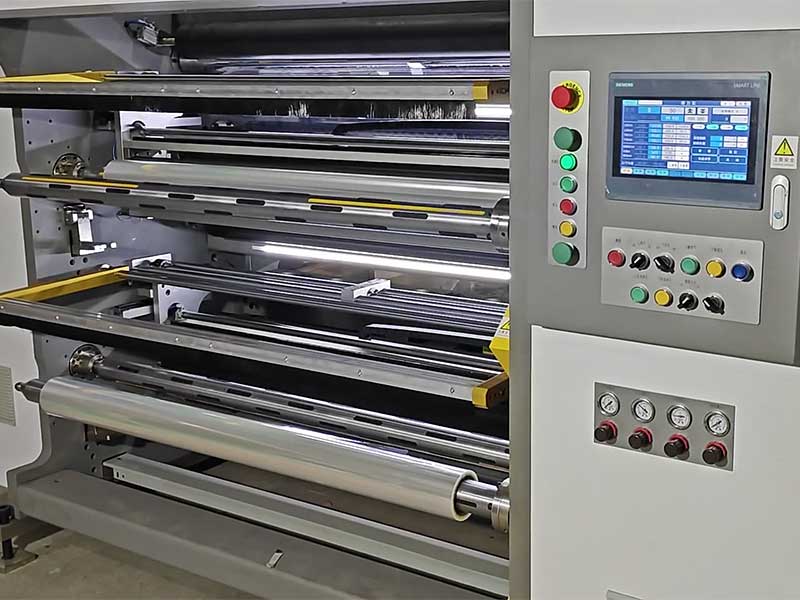
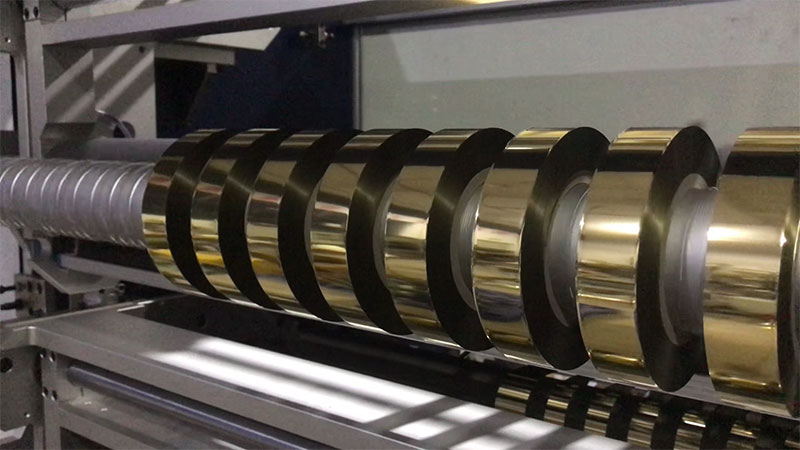
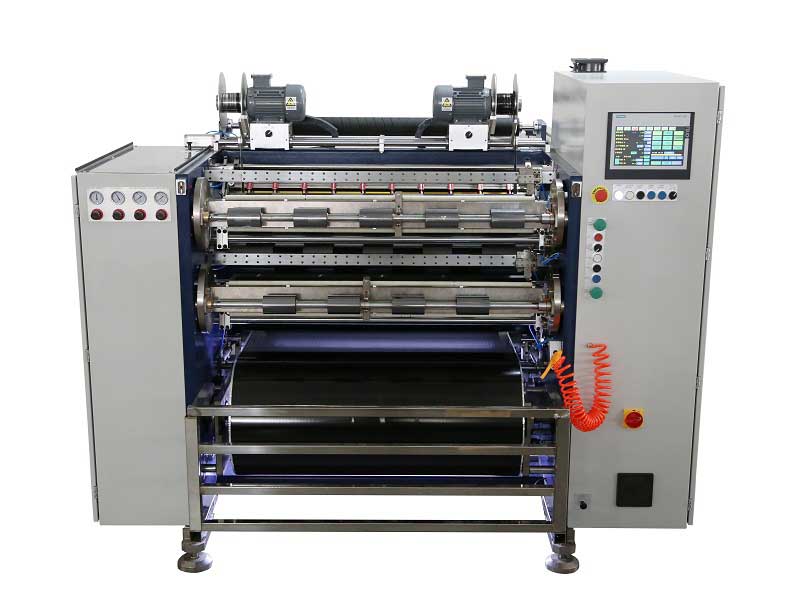 Automatic Thermal Transfer Ribbon Slitting Machine RSDS8 H PLUS
Automatic Thermal Transfer Ribbon Slitting Machine RSDS8 H PLUS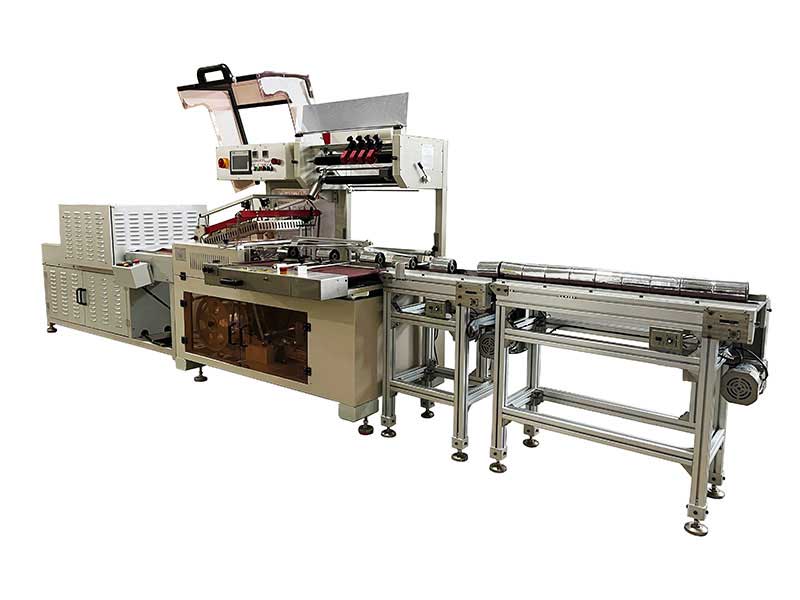 Thermal Transfer Ribbons Packaging Machine
Thermal Transfer Ribbons Packaging Machine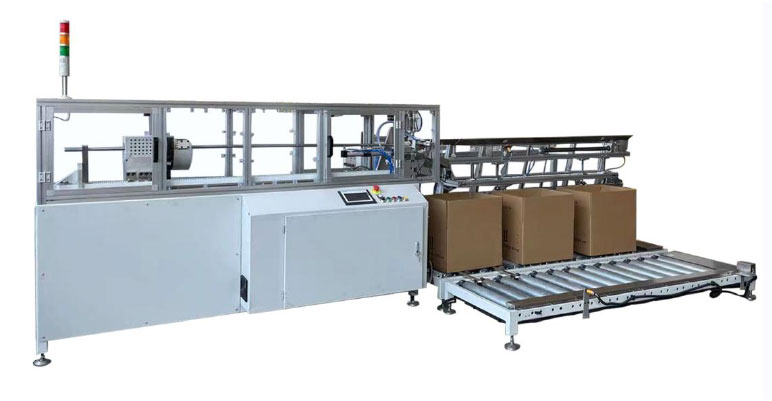 Automatic Paper Core Cutting Machine
Automatic Paper Core Cutting Machine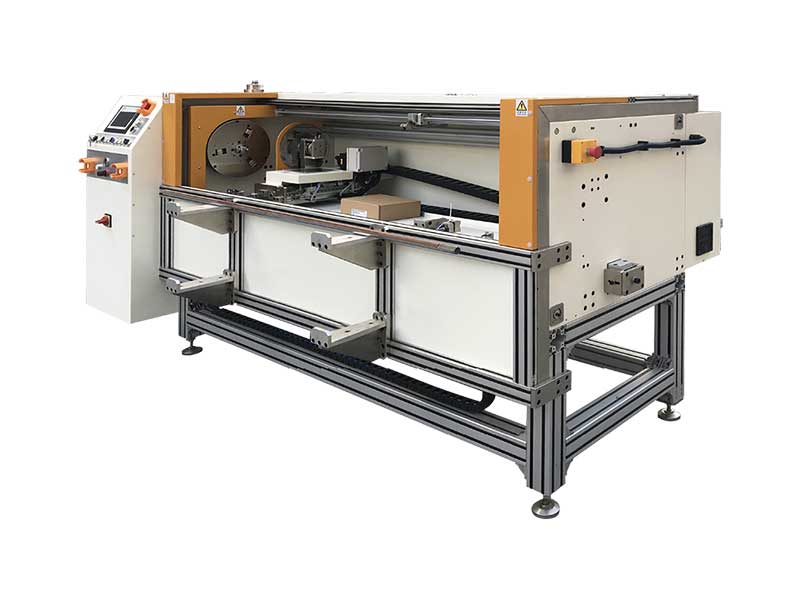 Automatic Foil Roll Cutting Machine
Automatic Foil Roll Cutting Machine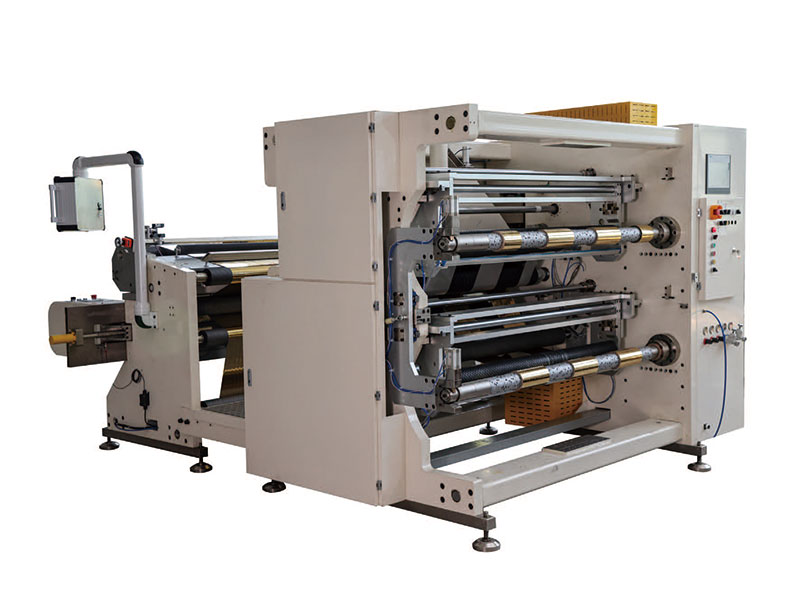 1400mm Hot Stamping Foil Slitting Machine
1400mm Hot Stamping Foil Slitting Machine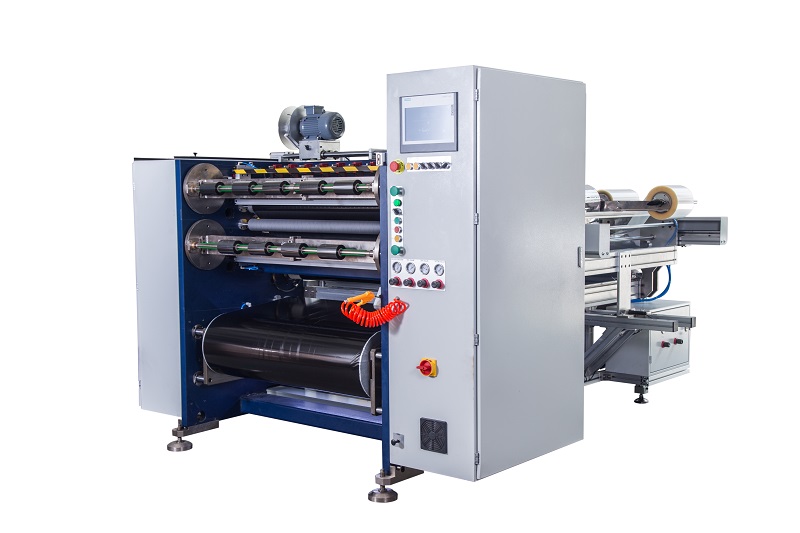 Semi Automatic Thermal Transfer Ribbon Slitting Machine RSDS5 PLUS
Semi Automatic Thermal Transfer Ribbon Slitting Machine RSDS5 PLUS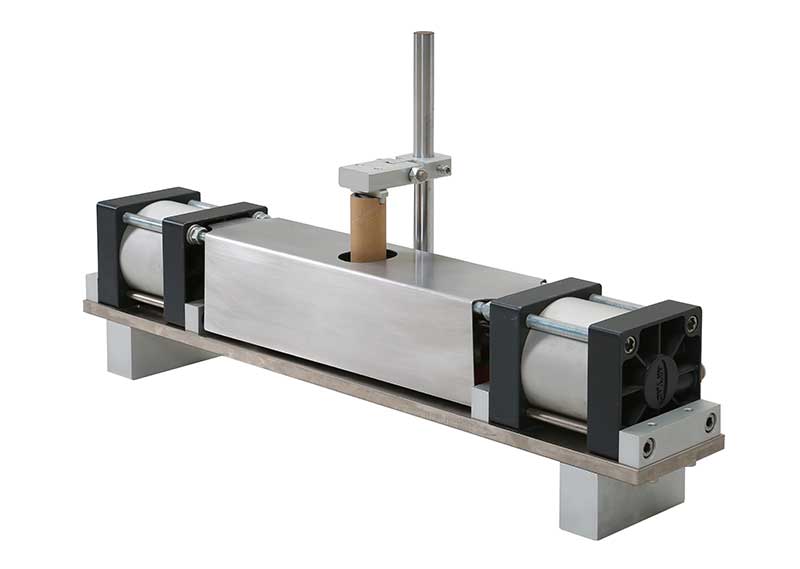 Paper Core Notch Puncher
Paper Core Notch Puncher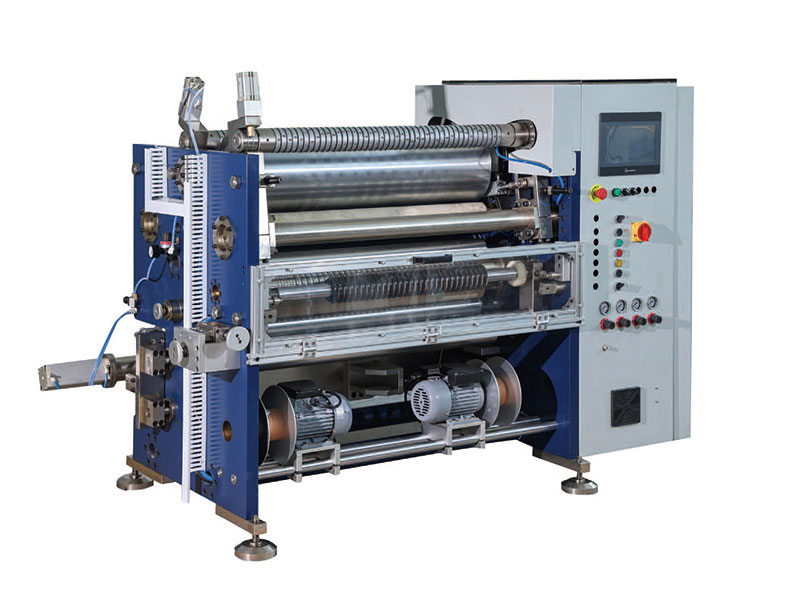 800mm Hot Stamping Foil Slitting Machine
800mm Hot Stamping Foil Slitting Machine

